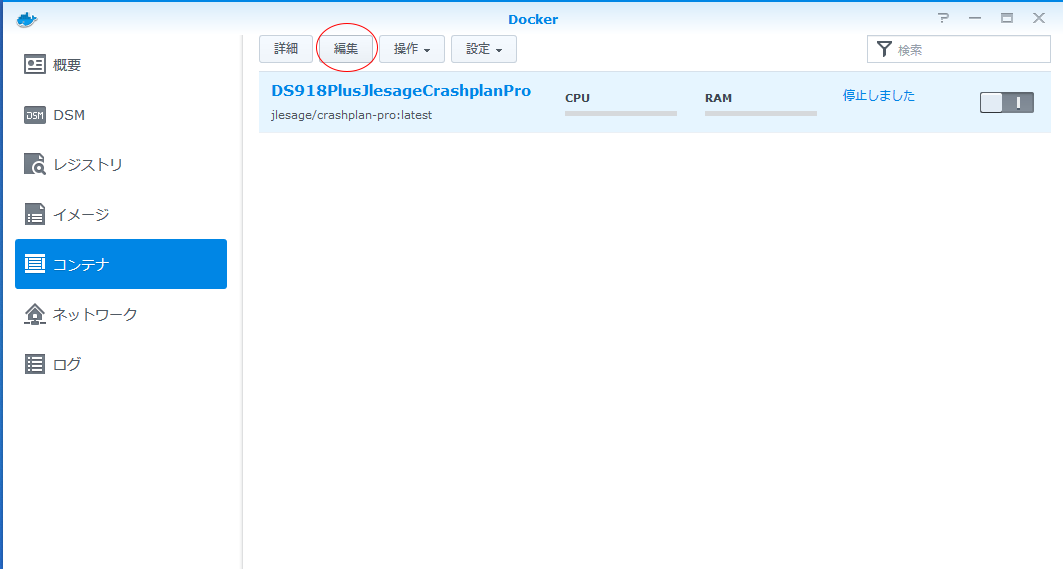
This post outlines the process for installing and configuring CrashPlan on a NAS in a Docker container and controlling it remotely from a CrashPlan Client. With Windows using letters, hard to match that mapping but manually reselecting your new location for each of your backup sets will realize it’s the same files and just compare without uploading them all again. crashplan, docker, nas, synology CrashPlan is very popular for backing up NAS solutions. Since I was migrating from the aforementioned Mac, to make things easy, I made my volume shares point to exactly where it used to be by mapping it to /Volumes/ Go to the Permission tab and click the Create button.Ĭheck all permissions in the table at the bottom. Right click the share(s) you want visible to the container and click Properties I found this guide but it all seemed to go against my GUI only approach. The first couple of times trying to use the “Volume” option to give access to the container resulted in no files showing. Not that I’m not fluent in Linux terminal, but I wanted it to be a GUI solution I'm a bit confused on how to update without loosing the existing configuration. The first thing that put me off reading the readme.md file was the use of commands to start the thing and wanted to go the GUI route. I'm running the docker crashplan image ( on my Synology NAS.

Was running on a Mac Pro and with my new purchase of a DS923+ I decided I’d give docker a try. CrashPlan, now owned by Code42 and called CrashPlan for Small Business is 10/month for unlimited storage. So I’ve been using CrashPlan for Small Business for years.


 0 kommentar(er)
0 kommentar(er)
